New technologies in heating: features of some solutions
New heating systems are becoming more progressive and economical, which causes considerable interest of consumers due to rising prices for traditional heat sources. We want to consider the most promising and illustrative examples of the achievements of the evolution of housing heating systems.

Electrical systems
Warm floor
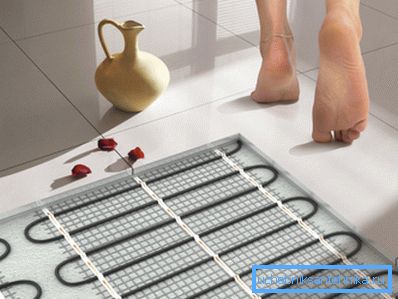
Electrical energy is one of the most progressive forms of energy transported, since it does not require a carrier that needs to be burned or converted in another similar way. Electricity is capable of producing work or heat directly due to the properties of the field or the flow of charged particles.
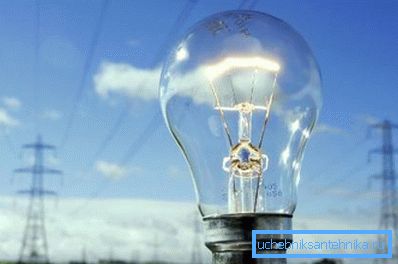
It is this feature that is used in modern floor heating systems that use a conductor with a given resistance. When passing through this current conductor as a result of internal friction, the metal is heated, and the heat generated by it is spent on space heating.
The scheme allows you to produce the right amount of heat accurately enough, which reduces losses. It is also possible to fine-tune the feedback, when the intensity of the heater changes depending on the conditions in the room. Such regulation allows saving a significant amount of energy due to its more rational use.
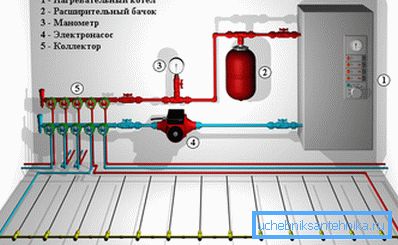
As a heating element can be used film heaters or cables operating on the principle of heating elements.
The role of the radiator plays the entire surface of the floor, which gives a number of advantages:
- Large radiation area allows to lower the temperature of the radiator surface (gender), which favorably affects the feeling of comfort, the formation of convection currents and the operation of the finish;
- Reduced convection does not create powerful air currents., does not raise dust, does not move warm masses to the ceiling;
- The distribution of heated air masses in the room is the most comfortable for a person., in contrast to the picture characteristic of radiator heating, when the warmest air is under the ceiling, and in the zone of human habitation - the coldest;
- Relatively cold floor allows the use of slightly heated heat transfer fluid., which reduces losses during transportation and load on pipes. Also, there are lower temperature expansions of the system materials.
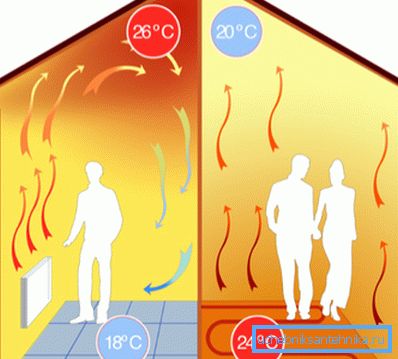
Note! One of the advantages of electric heating systems is a high rate of efficiency. In modern models, it can reach 98%, that is, almost all the energy obtained from the network is converted into heat.
Infrared radiation
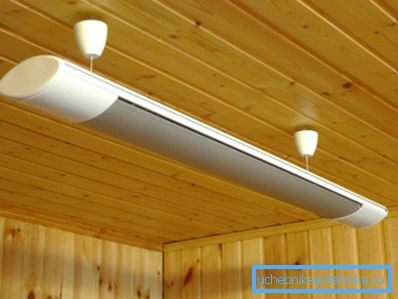
Another example of the use of electricity is the generation of infrared radiation, which is one of the methods of heat transfer. The principle itself is not new - conventional heaters have been using it for a long time, but there is a difference: modern radiators only heat up to 40 - 60 degrees.
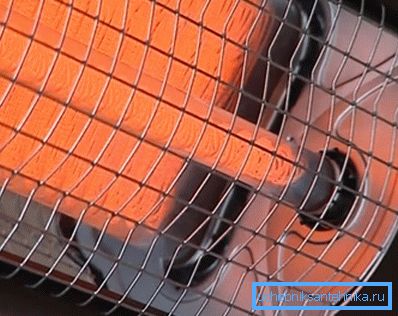
This reduces the loss of overheating of the device itself and the ambient air, as a result, the oxygen in the room does not burn out, the atmosphere in the room does not dry out and there is no fire danger.
The advantages of using IR systems:
- Heat is transmitted not to air, but to the surfaces of walls, floors, and furniture, as well as to human skin. This allows you to create a comfortable environment at lower temperatures, which reduces energy consumption;
- The absence of overheated elements creates more comfortable conditions: there is no convection, the heat is evenly distributed, the dust does not rise and the air does not dry out;
- Automatic control allows you to fine-tune the power of the devices and prevent losses on overheating;
- Simple installation of heating with their own hands significantly reduces the cost of installing the system;
- The absence of a pipeline, boiler, coolant and other similar elements reduces capital expenditures on the purchase of equipment and materials.

Note! With all the indisputable advantages of electrical systems, a significant drawback remains - this is the high price of electricity, which makes this method of heating the most expensive of all existing types. However, in the future, this type of energy may become the cheapest, so the direction is considered progressive.
Heat pumps

Indeed, new technologies for heating a country house are heat pumps.
The devices operate on the principle of a refrigerator, consider it in more detail:
- As it is known, thermal energy inevitably flows from a warmer body to a less heated one;
- If the coolant is cooled to a temperature much lower than the temperature of the surrounding air, soil, water, etc., then we will be able to get their energy;
- With the help of expansion-compression processes, you can greatly change the temperature of liquids and gases. First, we dramatically expand the coolant, thereby lowering its temperature, then it interacts with any warmer medium, then it is compressed and fed to the radiators in a hot state;
- If the heat exchanger with the cold phase is placed in the soil below the freezing level or in the non-freezing reservoir, then we will get an inexhaustible heat source.

This principle is used in air conditioning, working on heating. Even if the temperature of the air outside is 10 degrees, and the temperature of the coolant (coolant) is 30 degrees, this will allow using such air as a source of heat.

However, there are more significant sources: these are soil, groundwater and non-freezing water bodies. If the heat exchanger is placed in the well, then we get the source of the medium with a constant temperature from +10 to +12 degrees. At the temperature of the coolant at a level of - 30 degrees, the effect will be significant.
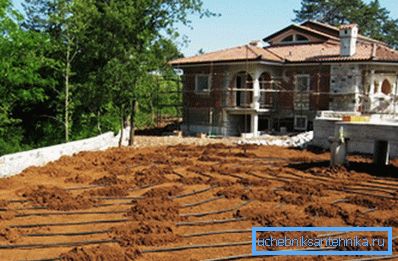
Note! There are also problems: the dimensions of the heat exchanger must be taken fairly large, which complicates installation and earthworks. You will either have to use the entire area of the site (if it is enough), or drill several fairly deep wells. This makes installation and purchase costs prohibitive.
Solar collectors

New types of heating have not been without the use of the cheapest and most affordable solar energy. The principle of their work is simple: solar radiation heats the coolant circulating through a special heat exchange collector.
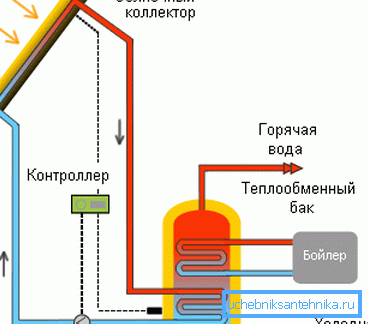
Unlike solar cells, the efficiency of modern heating collectors is quite high. However, there is one significant problem: the efficiency of solar systems increases as it moves toward tropical and equatorial latitudes, but the need for heating as it moves away disappears.
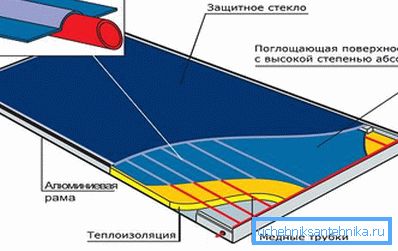
Use in temperate continental latitudes is limited by the number of sunny days per year and weather conditions. In the northern regions, such collectors may be completely ineffective if the overwhelming number of days are cloudy and overcast, as is the case in the Leningrad and Murmansk regions.
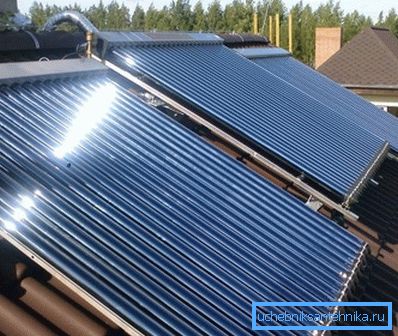
Note! Today, solar systems can be considered as additional sources of heat, as well as the main heating in the southern latitudes - the Crimea, the Krasnodar Territory, etc.
Conclusion
The variants of heating systems considered by us are not yet mainstream, but in the future they have every chance to become. The constant rise in prices of traditional energy sources accelerates this process, and the development of technologies allows us to look into the future of alternative systems with optimism. Additional information is in our video.